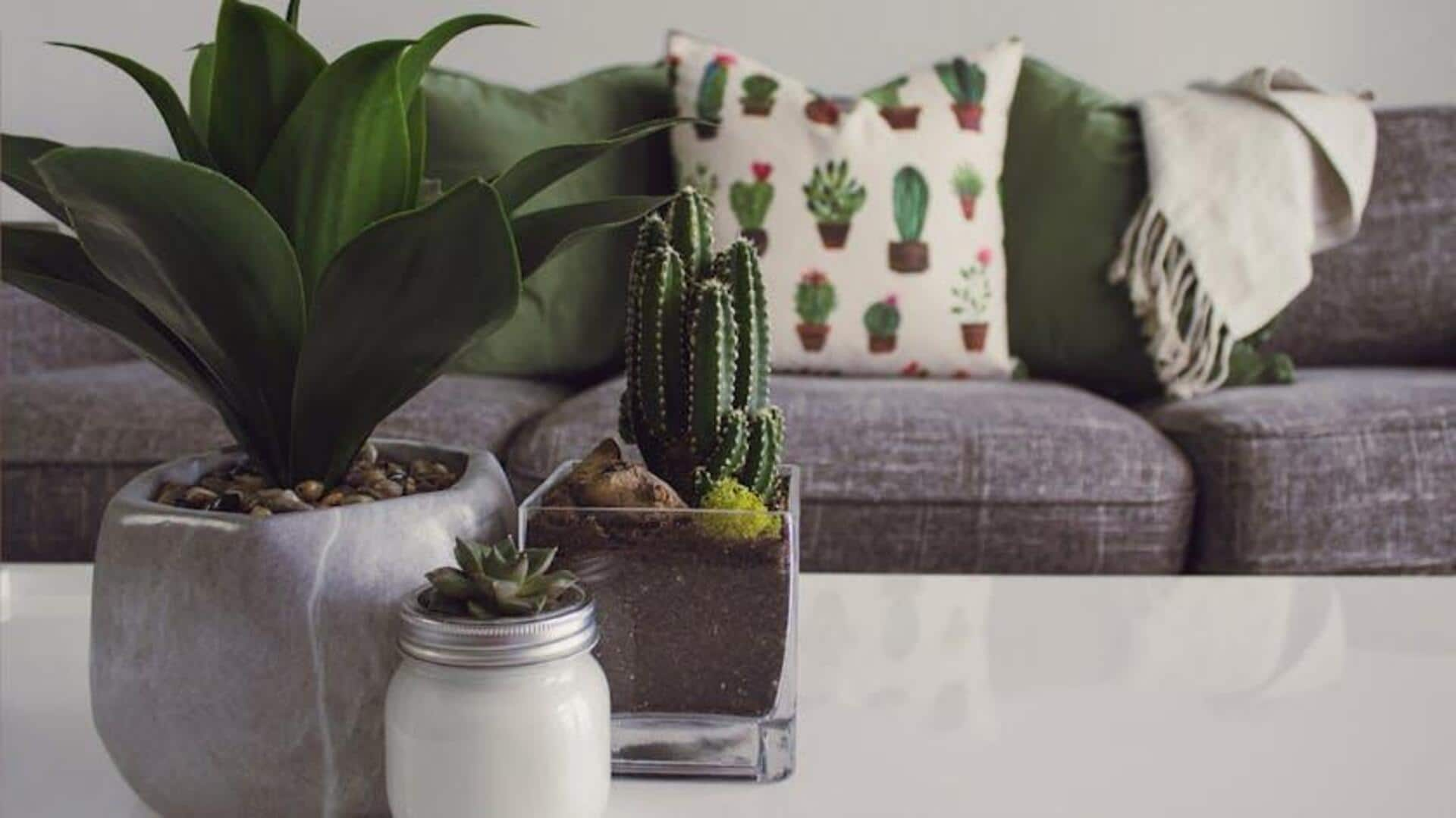
How to choose the right pot for indoor plants
What's the story
Selecting the right pot for your indoor plants is important for their health and growth. The pot you choose may influence water drainage, root development, and overall plant health. With so many options available, it can get difficult to know which pot works best for your plants. Here are five practical tips to help you make informed choices while picking pots and keep your indoor plants thriving.
Drainage
Consider drainage holes
One of the most essential things to look for when buying a pot is checking it has enough drainage holes. The holes ensure that excess water flows out, thus preventing root rot and other moisture-related problems. Without appropriate drainage, water can pool at the bottom of the pot, resulting in unhealthy conditions for your plant's roots. Always ensure the pot has enough holes before buying.
Size matters
Choose the right size
Selecting a correctly sized pot is crucial for healthy growth. A pot that's too small can limit root expansion, while an oversized pot may cause overwatering problems as soil retains more moisture than required. As a thumb rule, choose a pot that leaves about an inch of space around the root ball for smaller plants and two inches for bigger ones.
Material choice
Opt for breathable materials
The material of the pot has a major say in plant health. Pots made from breathable materials, like terracotta or unglazed clay, allow air to circulate around roots and help regulate moisture levels by absorbing excess water from the soil. This natural aeration promotes healthier root systems as compared to non-porous materials like plastic or metal.
Style selection
Match pot style with plant needs
Different plants require different pots. For instance, succulents prefer shallow pots because of their shallow root systems, while taller plants may need deeper containers for stability and support. Consider both aesthetic preferences and functional requirements when selecting pots that complement each specific type of plant in your collection.
Weight consideration
Evaluate pot weight
The weight of a pot can affect its usability within your home setting—particularly if you intend to move it often, or keep it on shelves or stands where the most support is required. Heavier pots lend better support but can be a hassle if you need to move them often. Lighter ones are easier to manage but may sacrifice sturdiness, depending on where you keep it (windy places near windowsills, etc.).